Frequently Asked Questions
1. What is the historical significance of knives in the culinary world?
2. How do knives influence culinary techniques?
3. What are some examples of cultural knife styles?
4. Can knives be personalized as gifts for cooking enthusiasts?
5. What should be considered when selecting sustainable knives?
When we think about the tools that revolutionized the culinary world, knives are often at the top of that list. From the earliest civilizations to modern-day kitchens, knives have been pivotal in shaping culinary techniques all over the globe. In addition to their functionality, they represent a blend of craftsmanship and artistry. Today, we’ll explore the history of knives, how they influence cooking methods, and ways to incorporate them into unique personalized gifts for the cooking enthusiasts in your life.
A Brief History of Knives
Knives date back to prehistoric times, with the earliest examples being made from flint or stone. As societies progressed, the materials evolved from simple stones to metals, leading to more refined and precise tools. Ancient civilizations such as the Egyptians and Greeks utilized knives in their culinary practices, but it was in the Middle Ages that knife-making became an art form.
Throughout the centuries, different cultures have developed varied knife styles, each with its unique features. From the Japanese santoku to the French chef’s knife, each design serves a specific purpose, ultimately influencing how food is prepared and presented.
The Impact of Knives on Culinary Techniques
Knives not only serve as essential tools for chefs but also define culinary techniques. Here’s how:
Precision Cutting
Knives allow chefs to achieve precision in their cuts, which is crucial for techniques such as julienne, chiffonade, and brunoise. The art of slicing ingredients uniformly ensures even cooking and enhances the presentation of a dish.
Enhanced Flavor Profiles
Different cutting techniques can alter the flavor profiles of ingredients. For instance, crushing garlic with a knife releases more oils, intensifying its flavor compared to merely chopping it. This reveals how product preparation can lead to significant variations in taste, underscoring the importance of using the right knife for each task.
Texture Transformation
The texture of food can also be transformed significantly through the use of knives. Whether you are creating thin slices of fish for sushi or finely diced vegetables for a mirepoix, the knife's functionality allows for distinct textural outcomes that can elevate a dish.
Cultural Knife Styles and Their Culinary Contributions
Every culture boasts unique knife styles that not only serve as tools but also reflect their culinary heritage. Understanding these styles can provide insight into cooking techniques that have been refined over generations.
Japanese Knives
Japanese knives, known for their craftsmanship, incorporate the concept of “wa,” or harmony. The designs generally feature single-bevel edges, allowing for precise cuts and enhanced control. Techniques such as sashimi slicing or vegetable chopping have all been influenced by the intricate designs of Japanese knives.
Western Chef’s Knives
On the other hand, Western-style knives, particularly the classic chef's knife, are designed for versatility. This style includes various cutting techniques, from chopping to mincing, allowing chefs to perform a range of tasks effectively. The hybrid approach of Western knives showcases their adaptability in various cooking styles.
Knives and Culinary Mastery
For aspiring culinary experts, mastering knife skills is a rite of passage that marks growth in the kitchen. The proficiency in using knives transcends beyond basic techniques; it involves understanding the rhythm of the kitchen. Here are some tips for honing your knife skills:
- Choose the right knife: Understand the different types of knives and their specific uses to maximize your efficiency and precision.
- Practice proper grip: A secure grip ensures stability, which is fundamental for achieving clean cuts.
- Focus on technique: Different chopping techniques will vastly improve both your speed and skill.
- Keep your knives sharp: Regularly sharpening your knives not only enhances performance but also promotes safety in the kitchen.
Knives as Personalized Gifts
Knives can also make thoughtful and unique personalized gifts. In a world where culinary artistry is increasingly celebrated, gifting a beautifully crafted knife can be an inspiring gesture.
Thoughtful Customizations
Many artisans now offer custom knives that can be engraved with names, dates, or meaningful quotes. These personalized gifts are not just practical items; they become cherished keepsakes. Imagine a newlywed couple receiving a set of knives engraved with their wedding date, or a child's first cooking knife imprinted with their name.
Incorporating Cultural Values
Gift-giving can also be an opportunity to introduce the recipient to different culinary traditions. A Japanese sushi knife could ignite interest in learning about sushi-making, while a Spanish paella knife promotes Spanish culinary artistry. These knives symbolize a connection that transcends cultural boundaries, inviting the recipient to expand their culinary repertoire.
Conservation and Sustainability in Knife Making
As with any element tied to craftsmanship, sustainability in knife-making has become a central focus. More artisans are committed to using eco-friendly materials and practices. This promotes a more holistic approach to kitchen tools, appealing to the environmentally-conscious consumer.
When selecting knives as personalized gifts, consider those made from sustainable materials. This not only contributes to conservation efforts but also adds value to the gift itself—showing thoughtfulness and care for the planet.
Elevate Your Culinary Experience
It's clear that knives have drastically shaped culinary techniques and influenced cooking styles globally. Not only do they serve practical purposes, but they also embody creativity, cultural significance, and personalization. Whether you're a professional chef or a home cook, investing in quality knives can elevate every meal you create.
Ultimately, understanding the nuances of knives can enhance your culinary journey. So, as you sharpen your skills, consider how your culinary tools reflect your kitchen philosophy. Explore personalized gifts for the chefs in your life and help them wield a tool that has defined cuisine for millennia. Knives are not merely instruments; they are a vital part of culinary artistry, a connection to tradition, and a source of inspiration in every slice and chop.


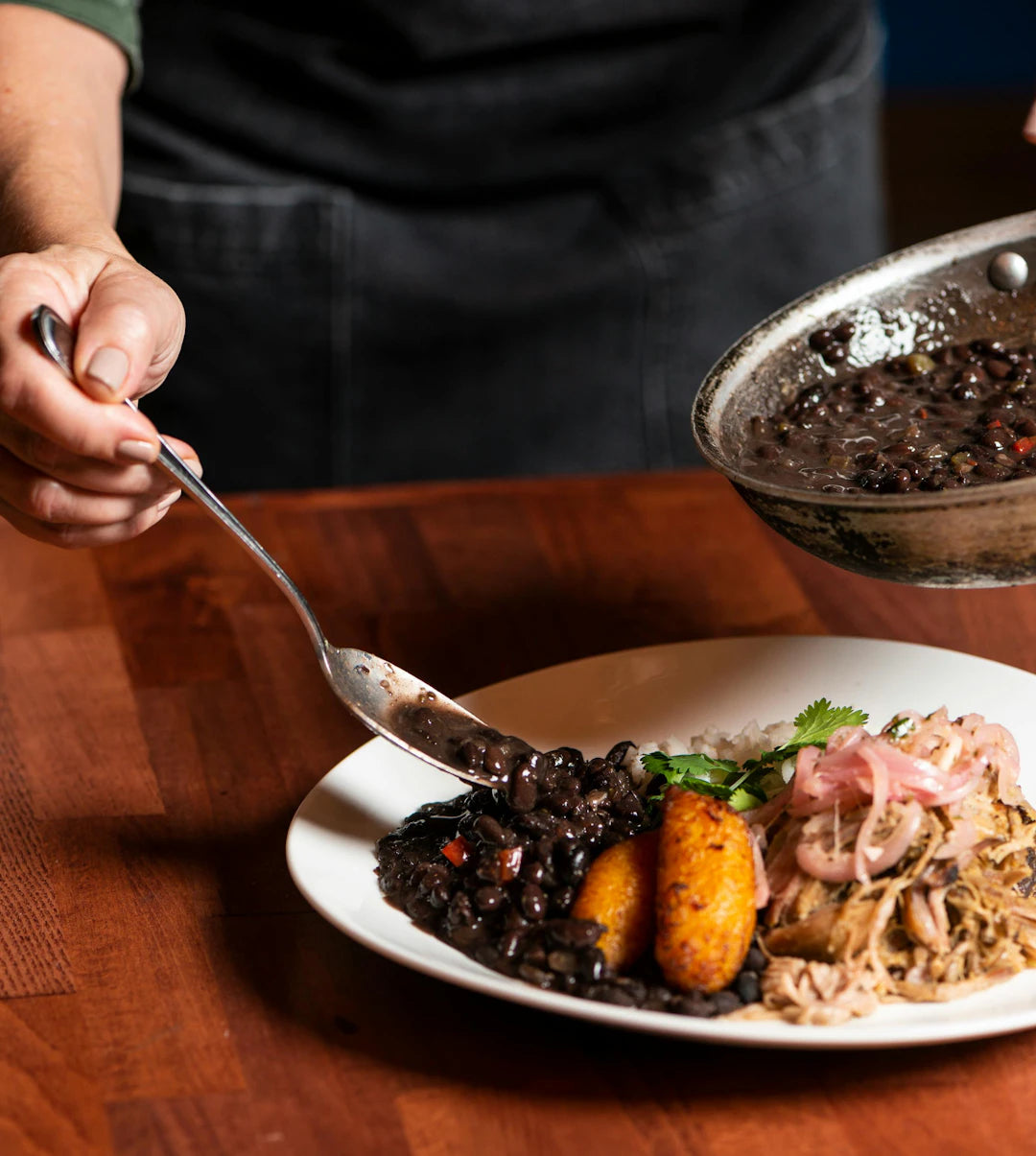



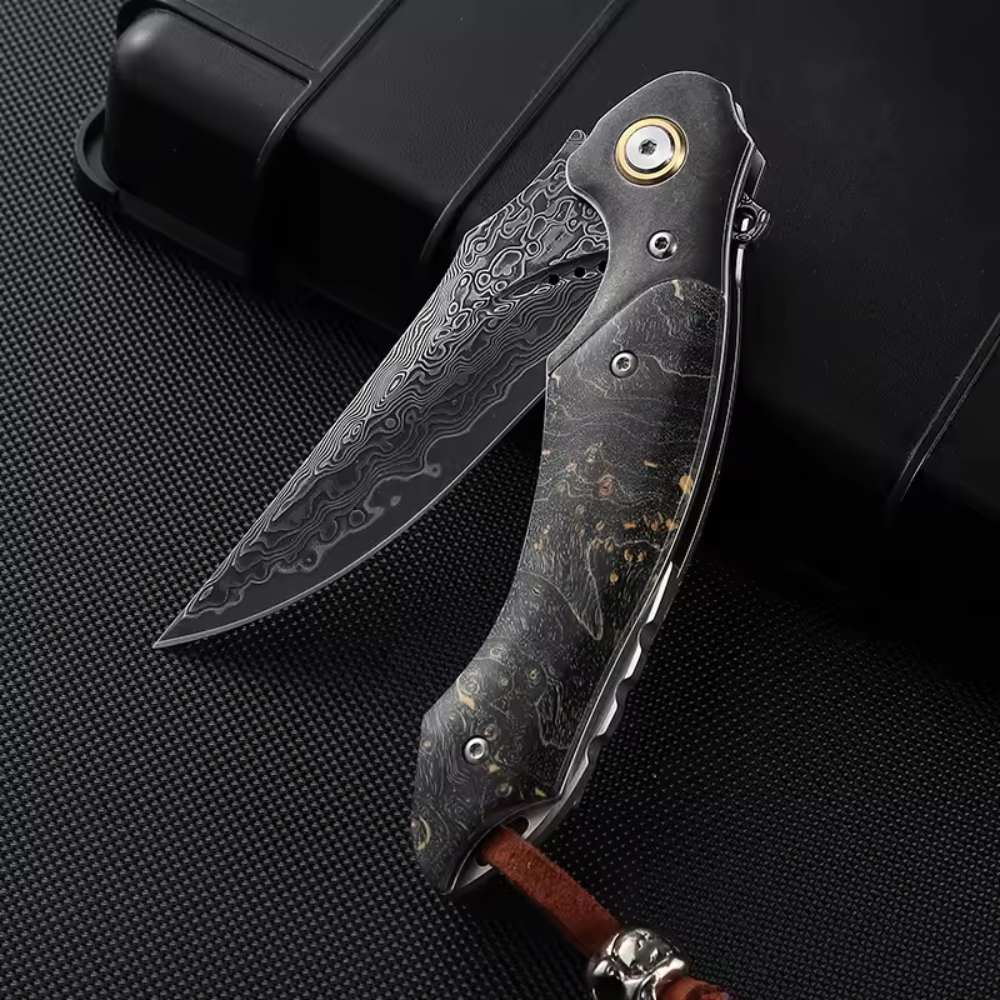
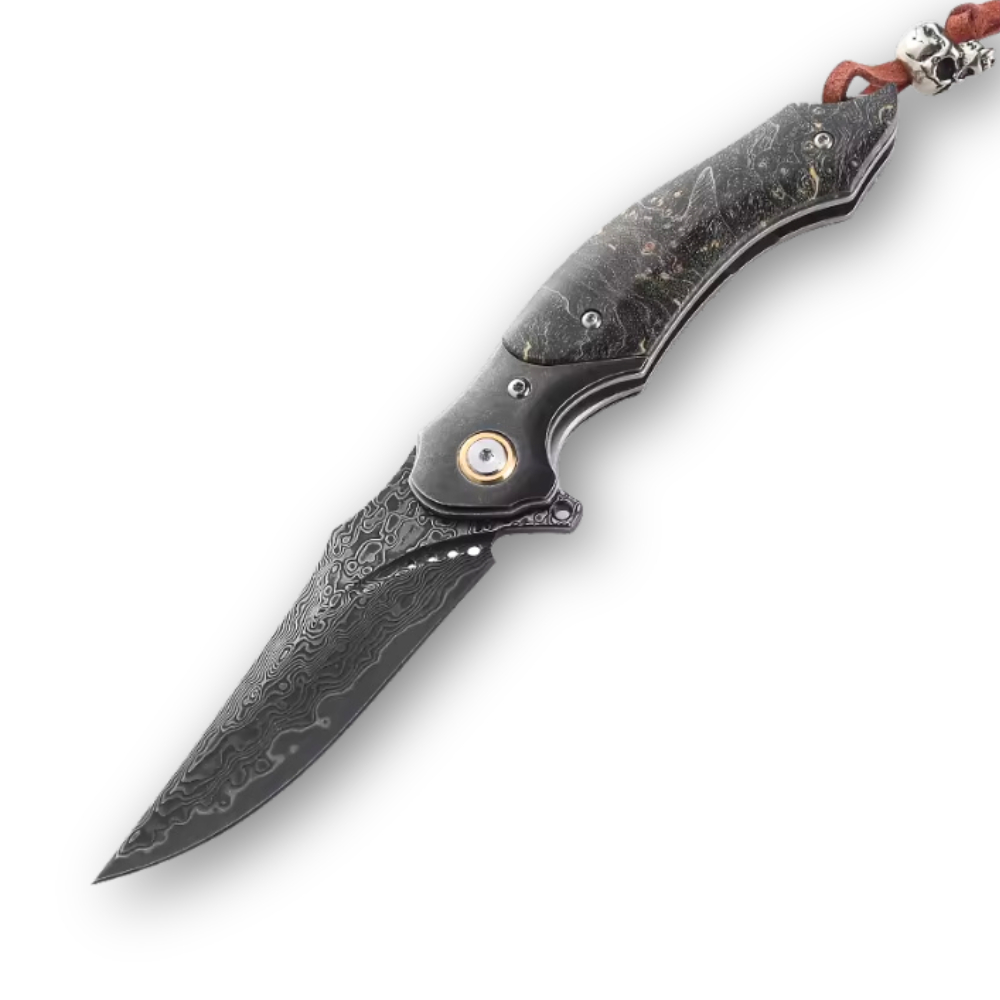
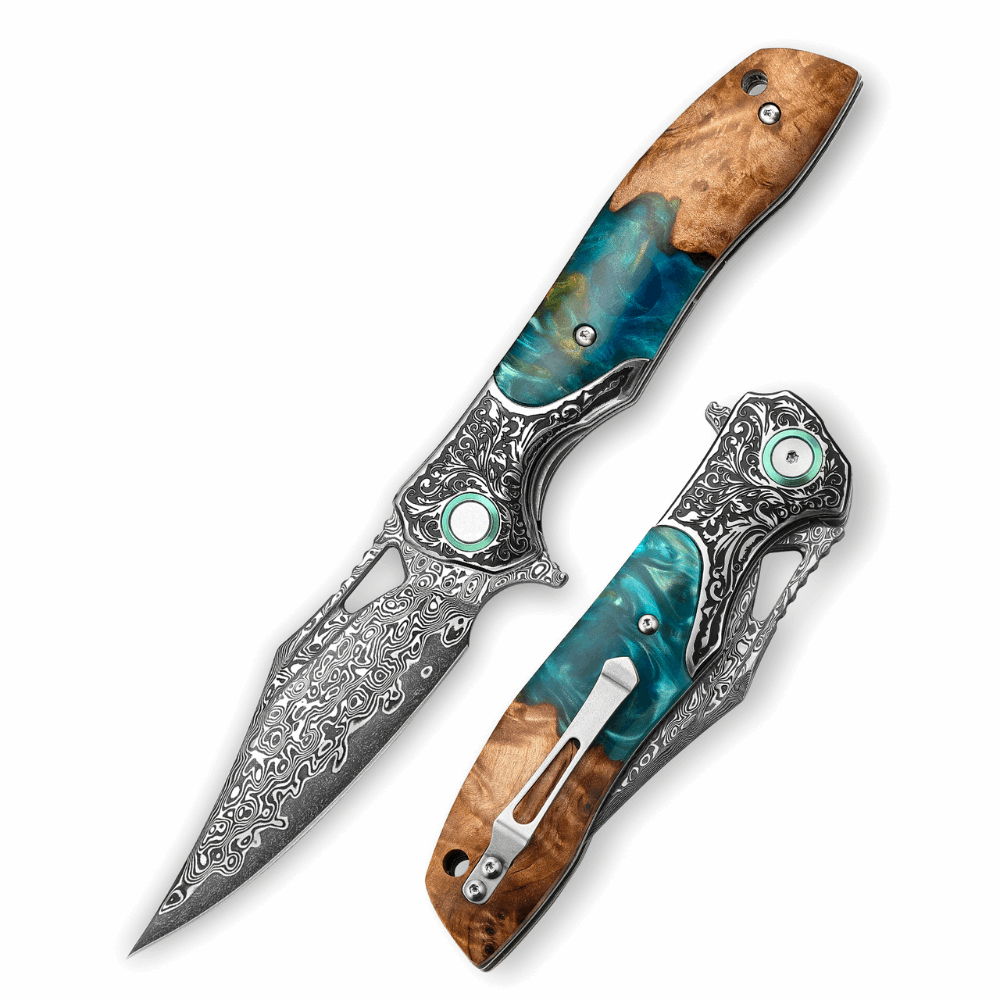
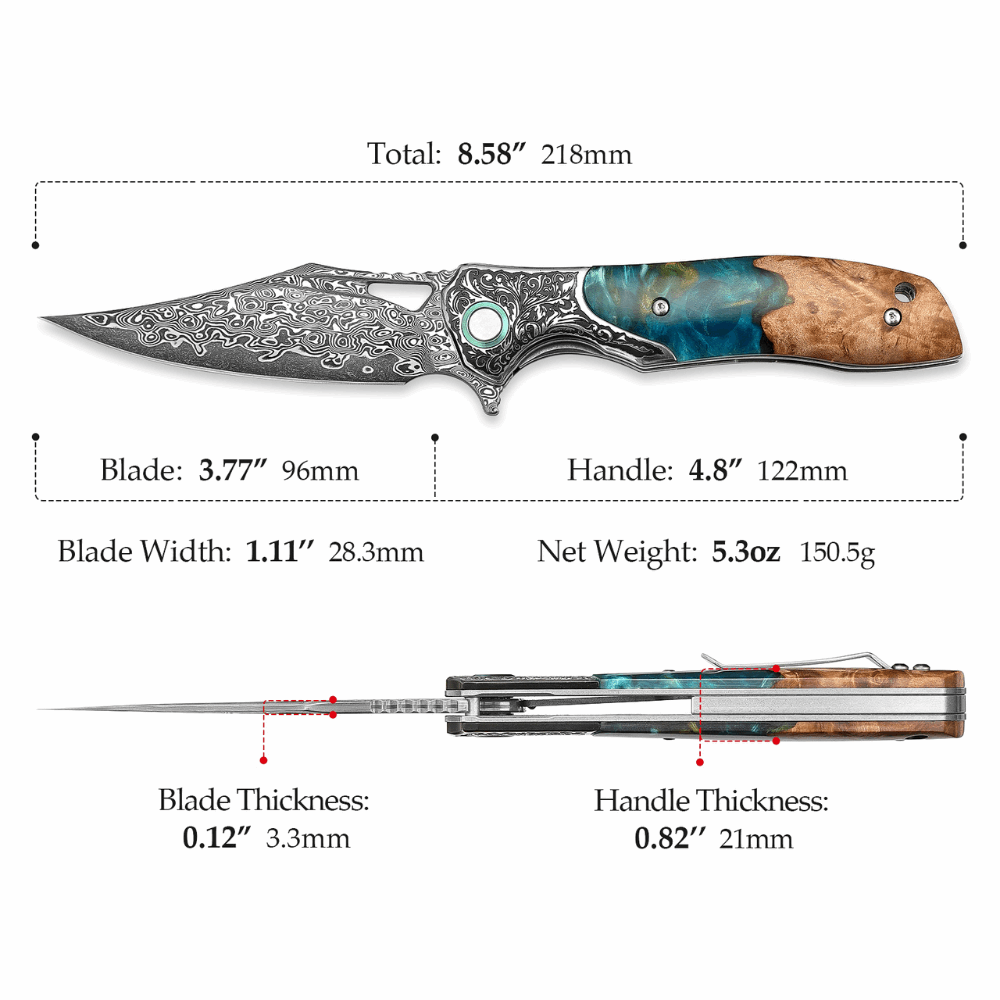
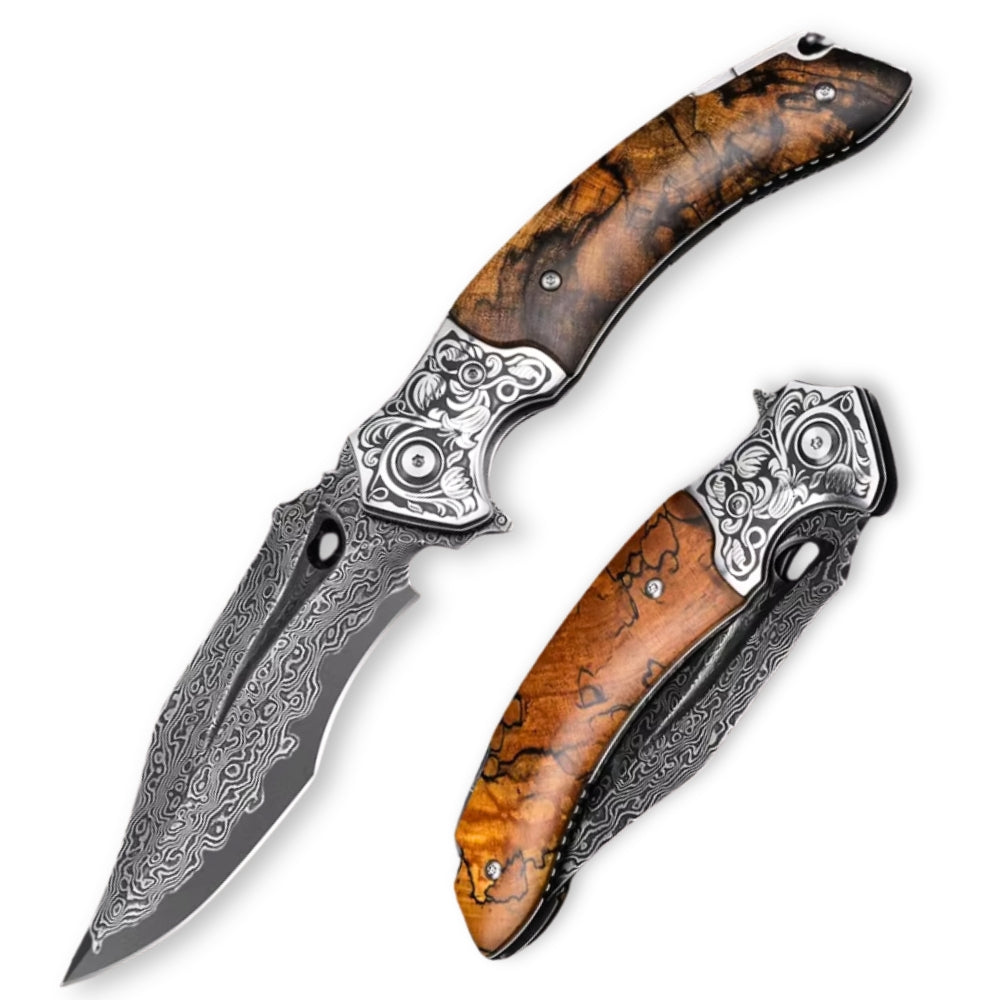
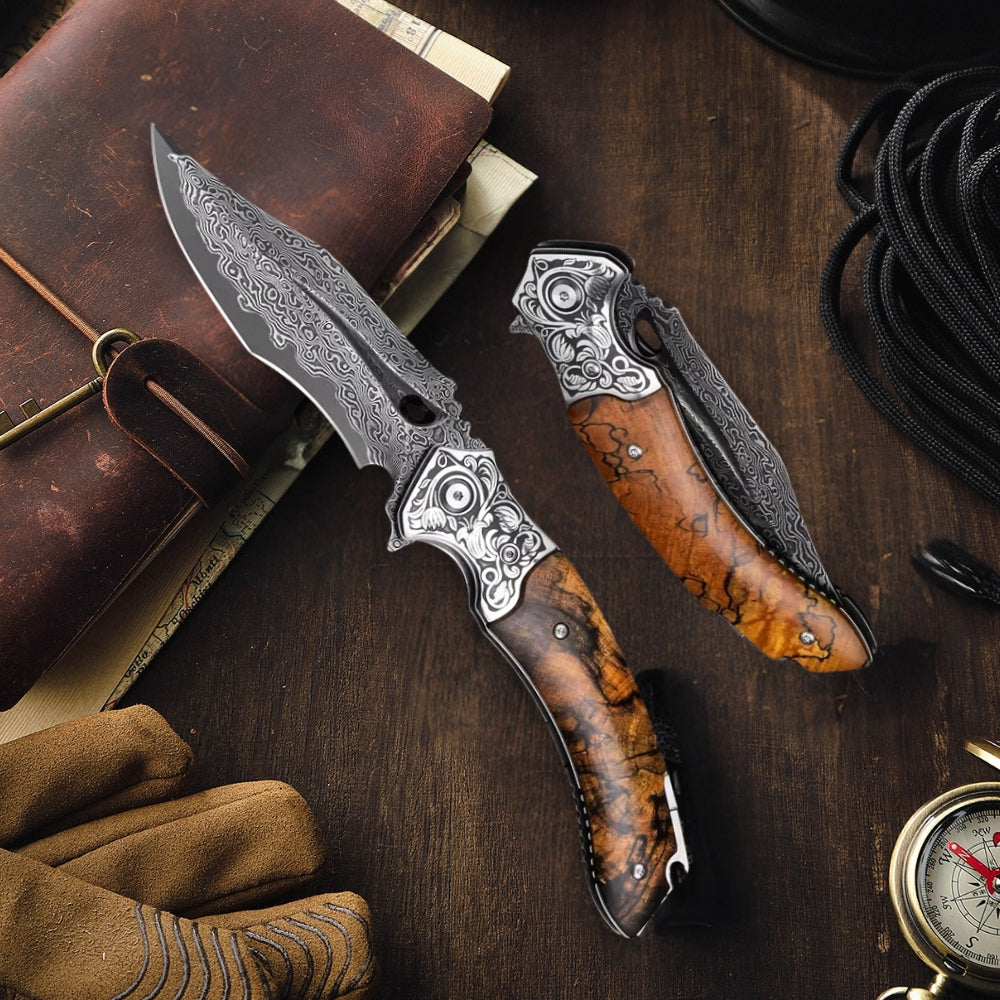
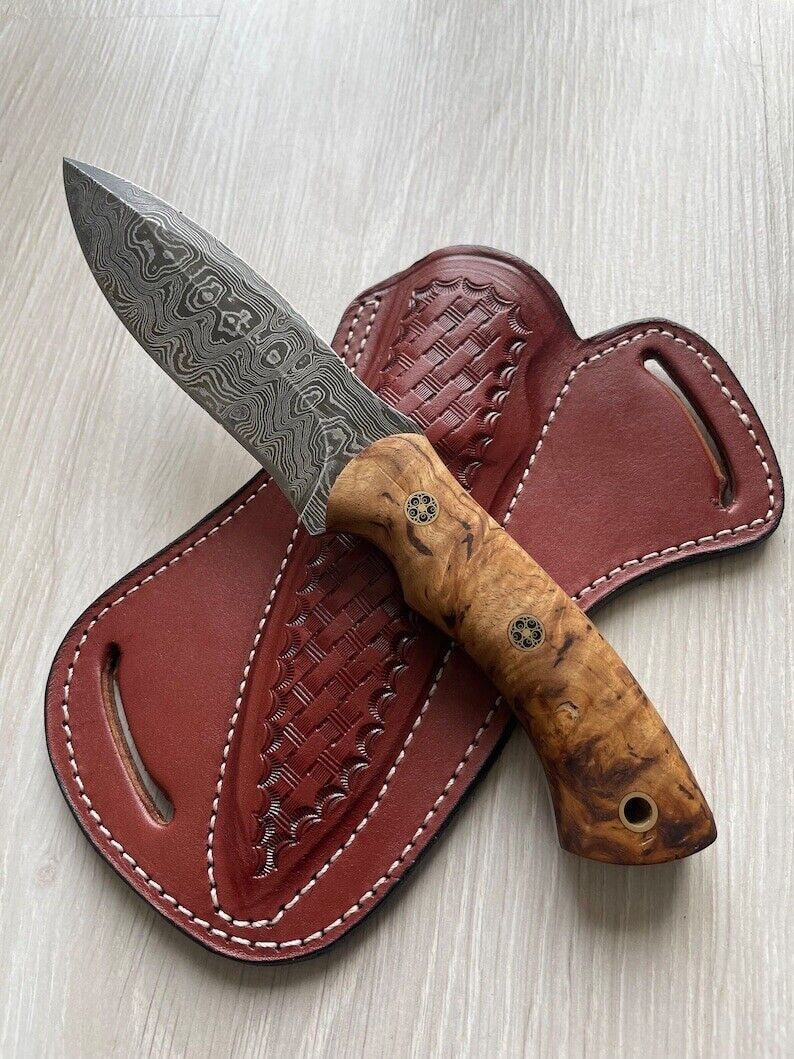
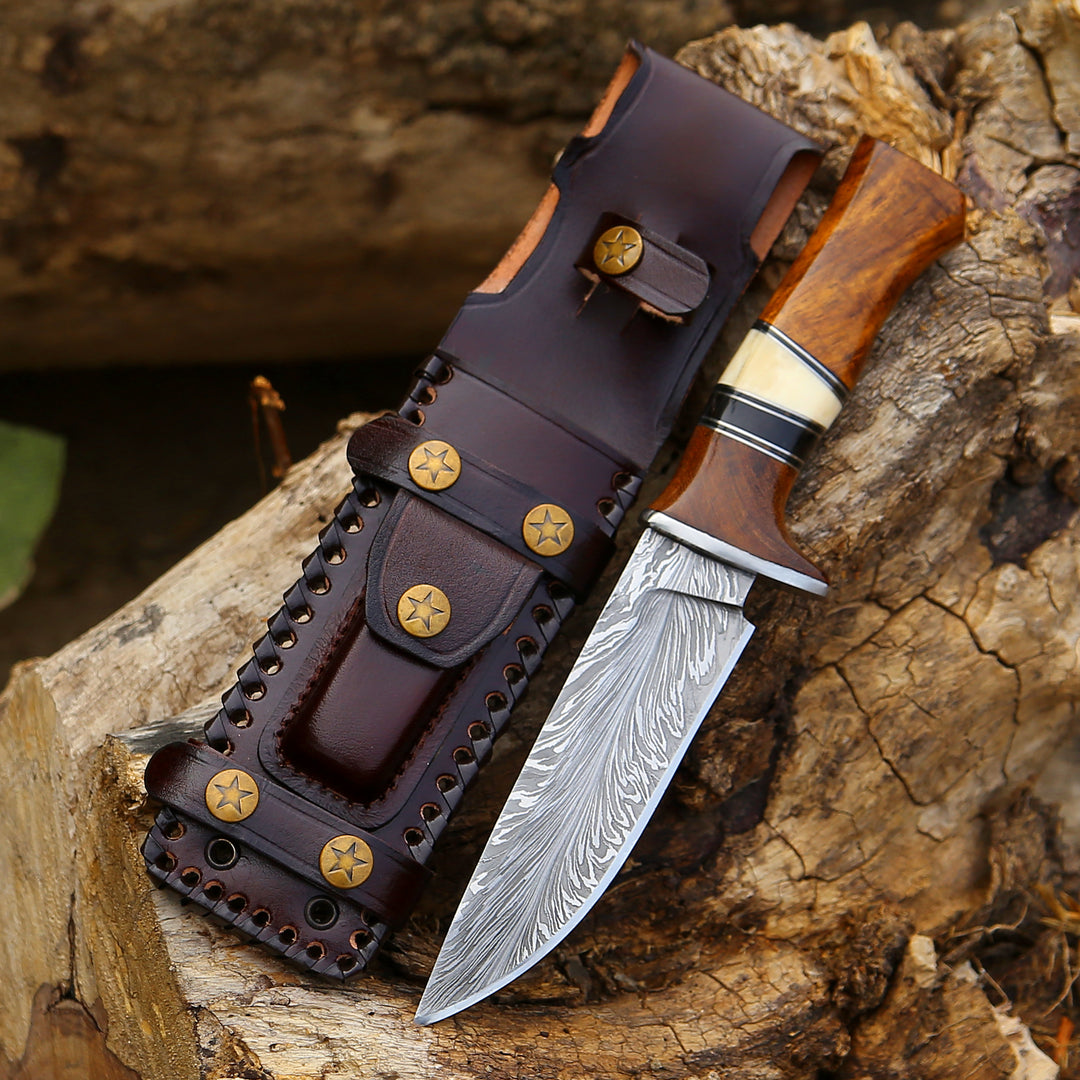
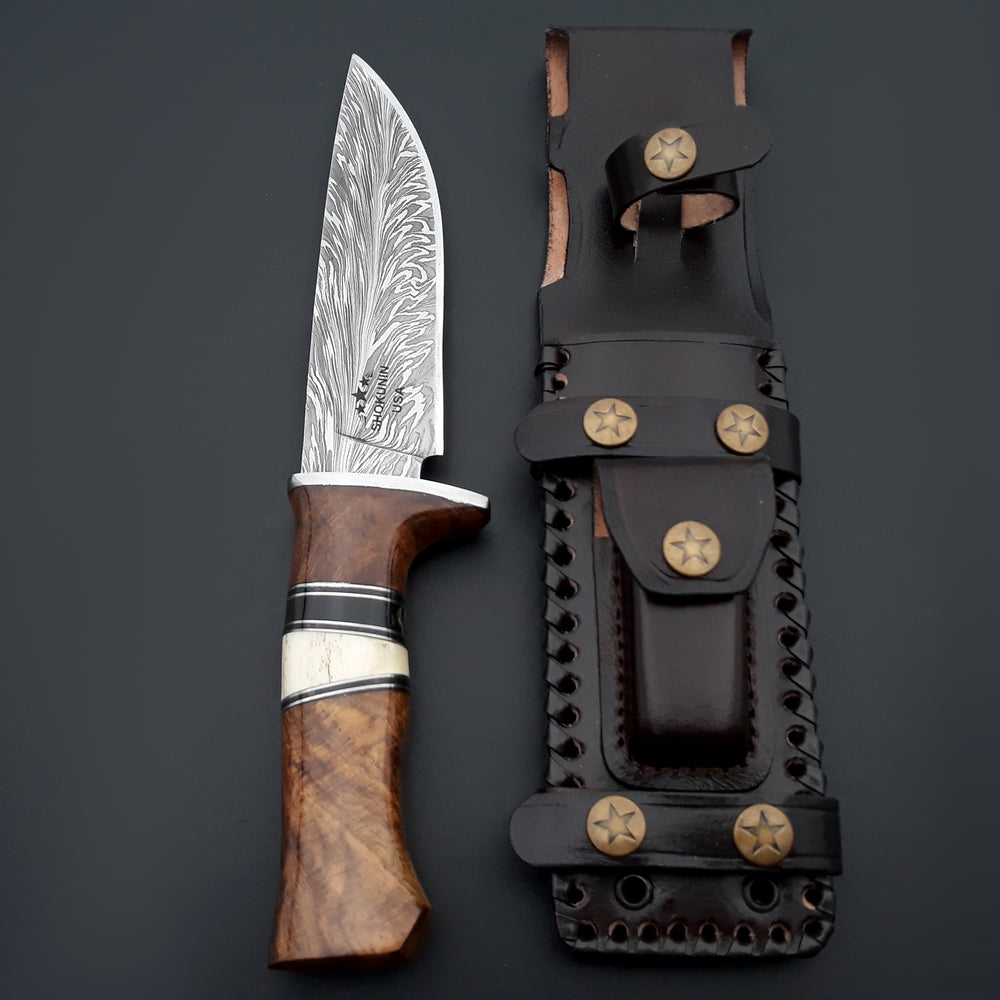
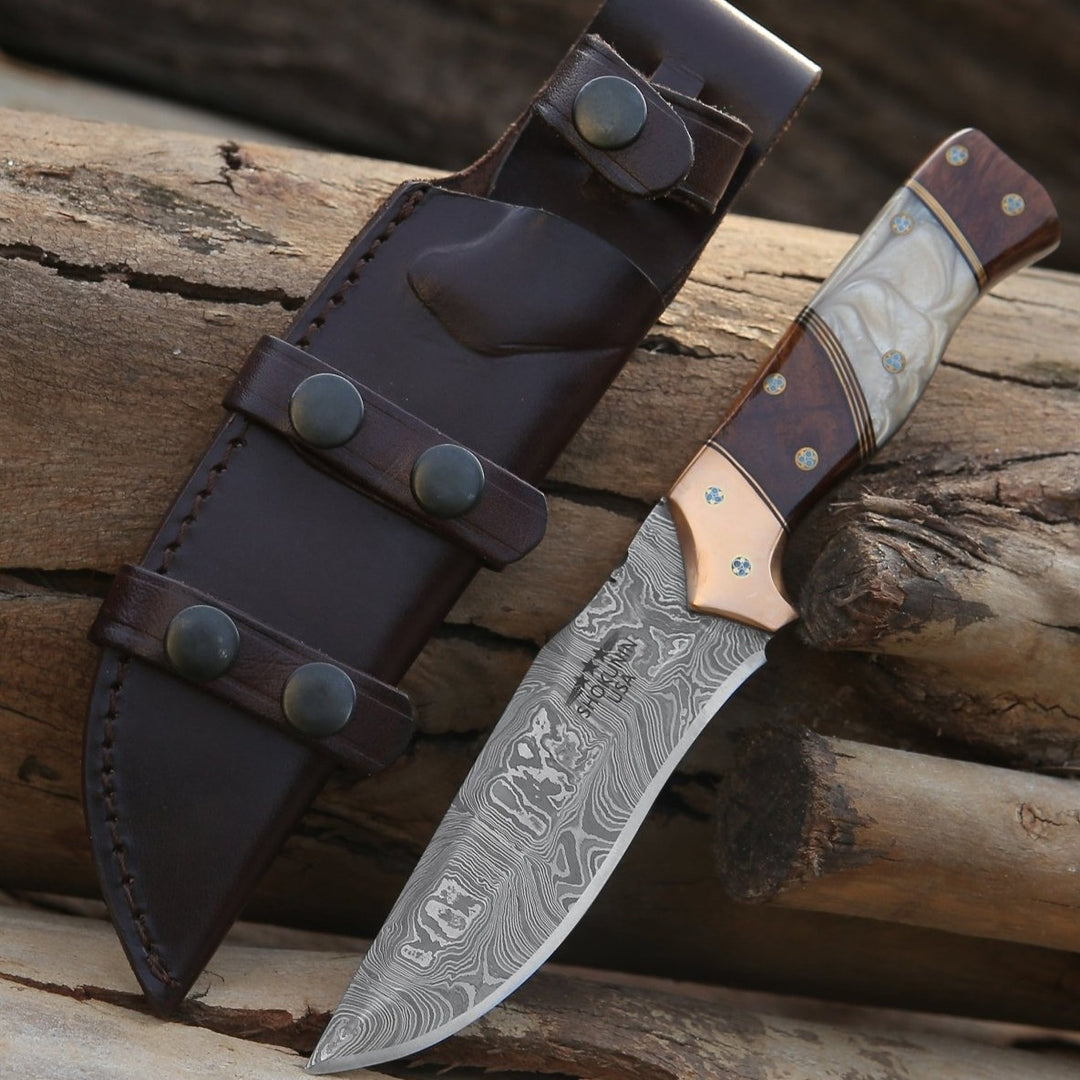
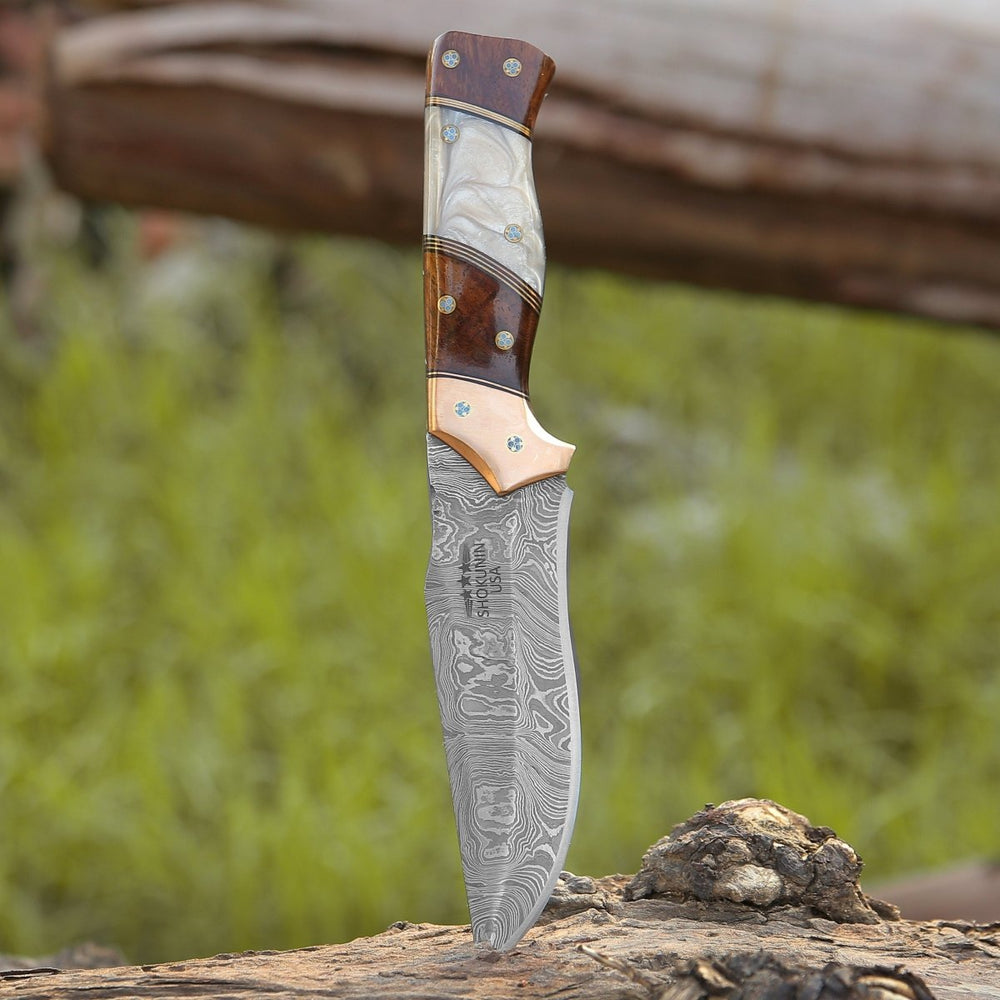
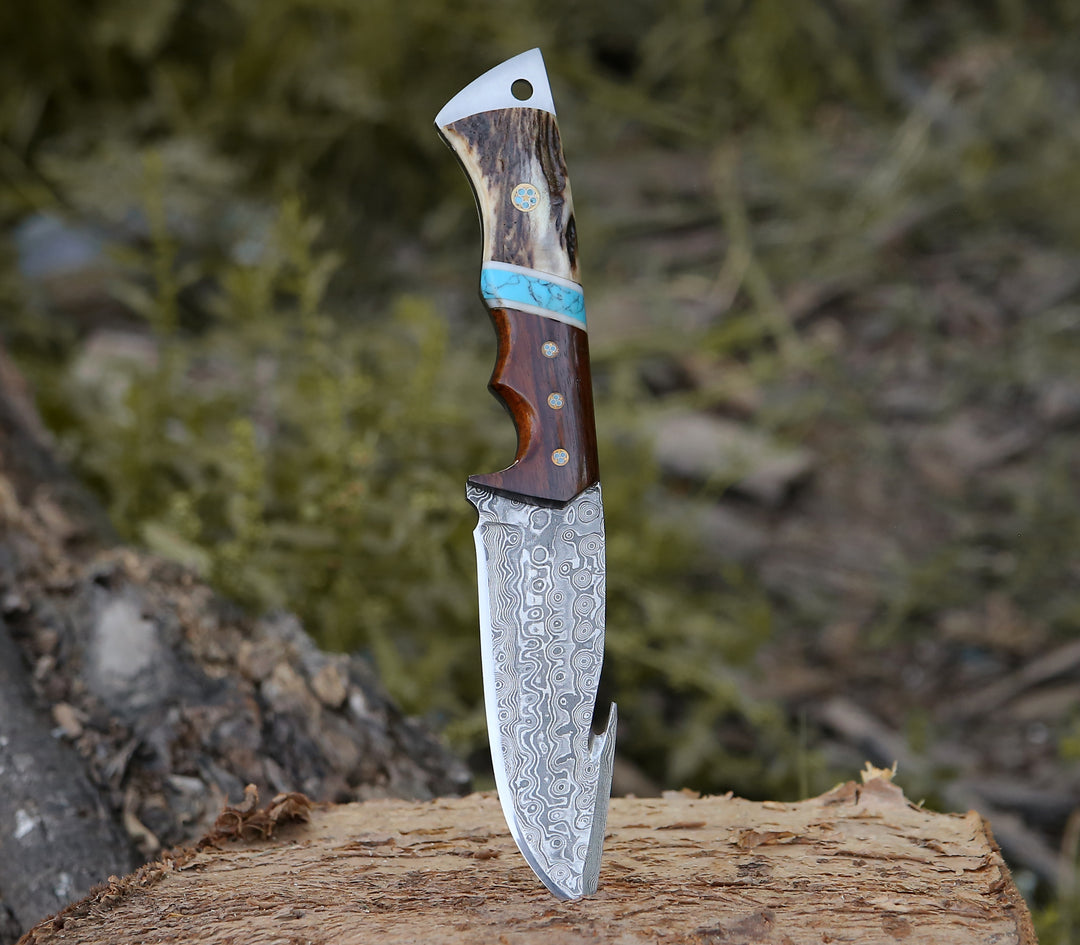
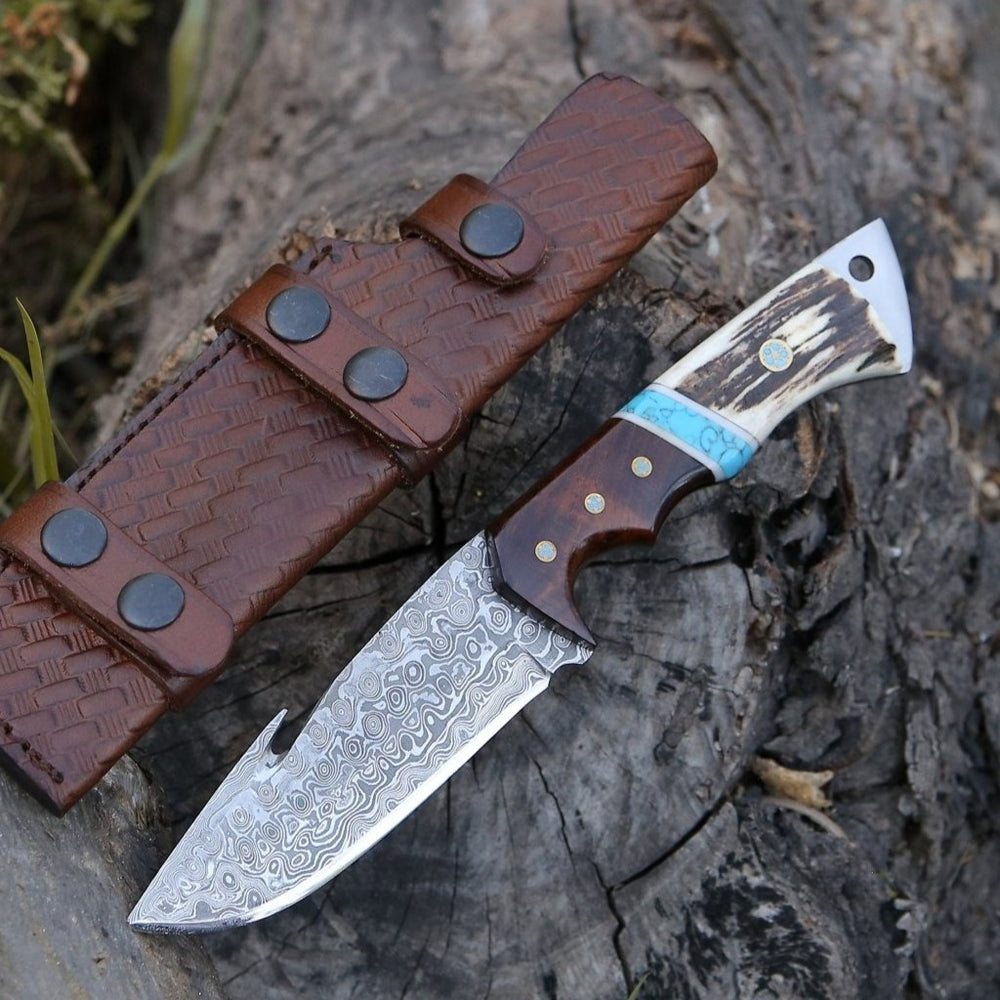
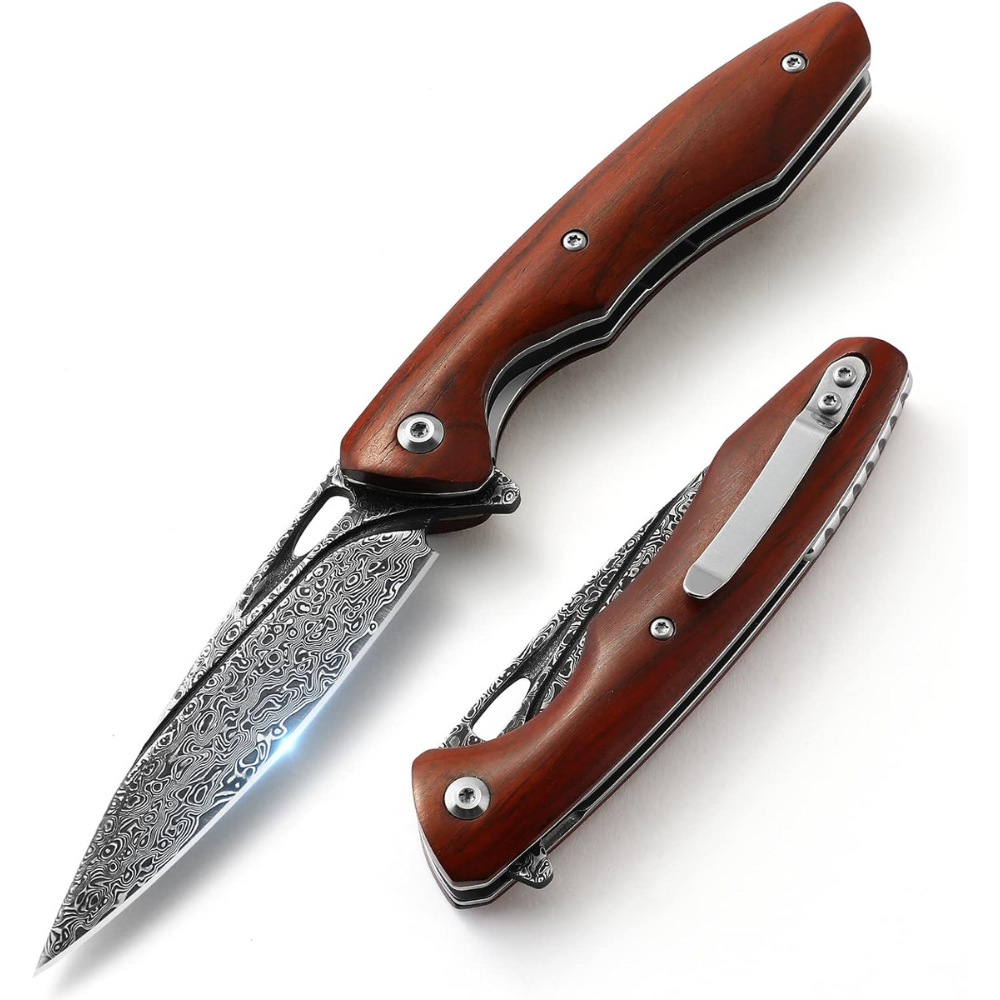
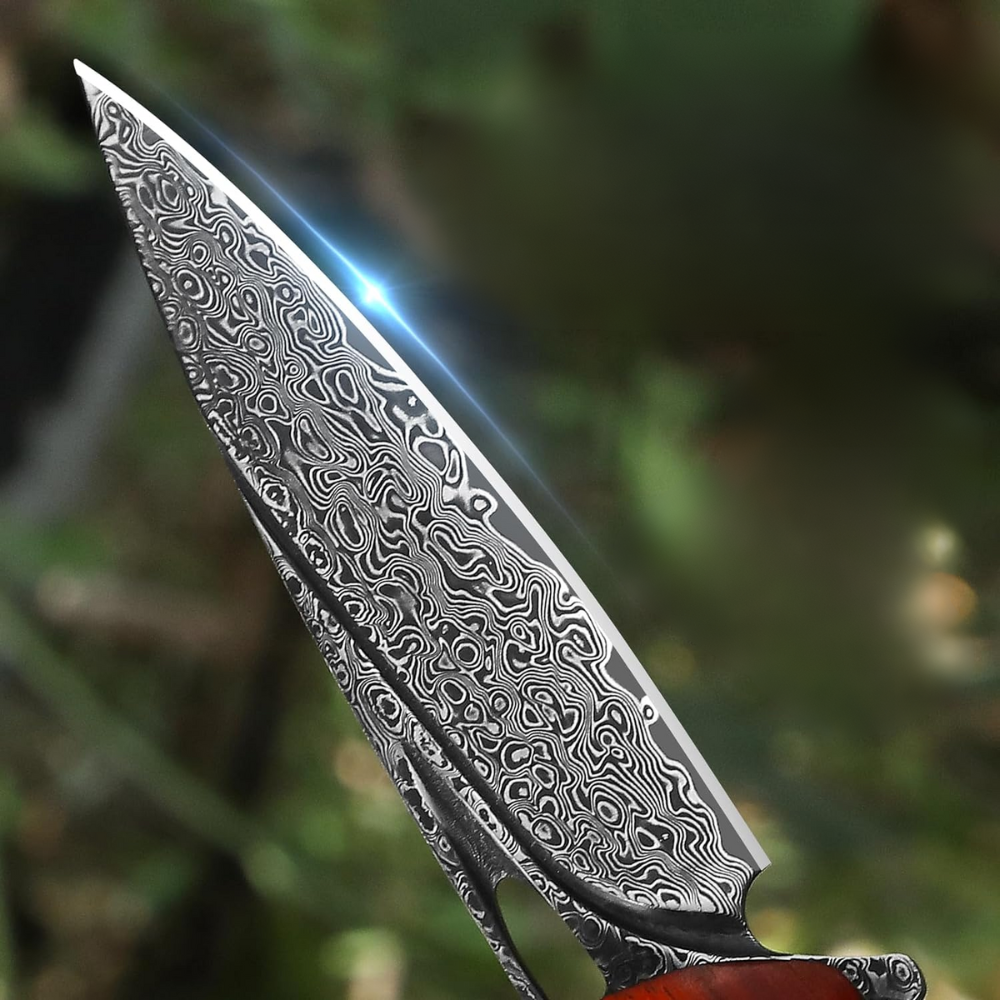
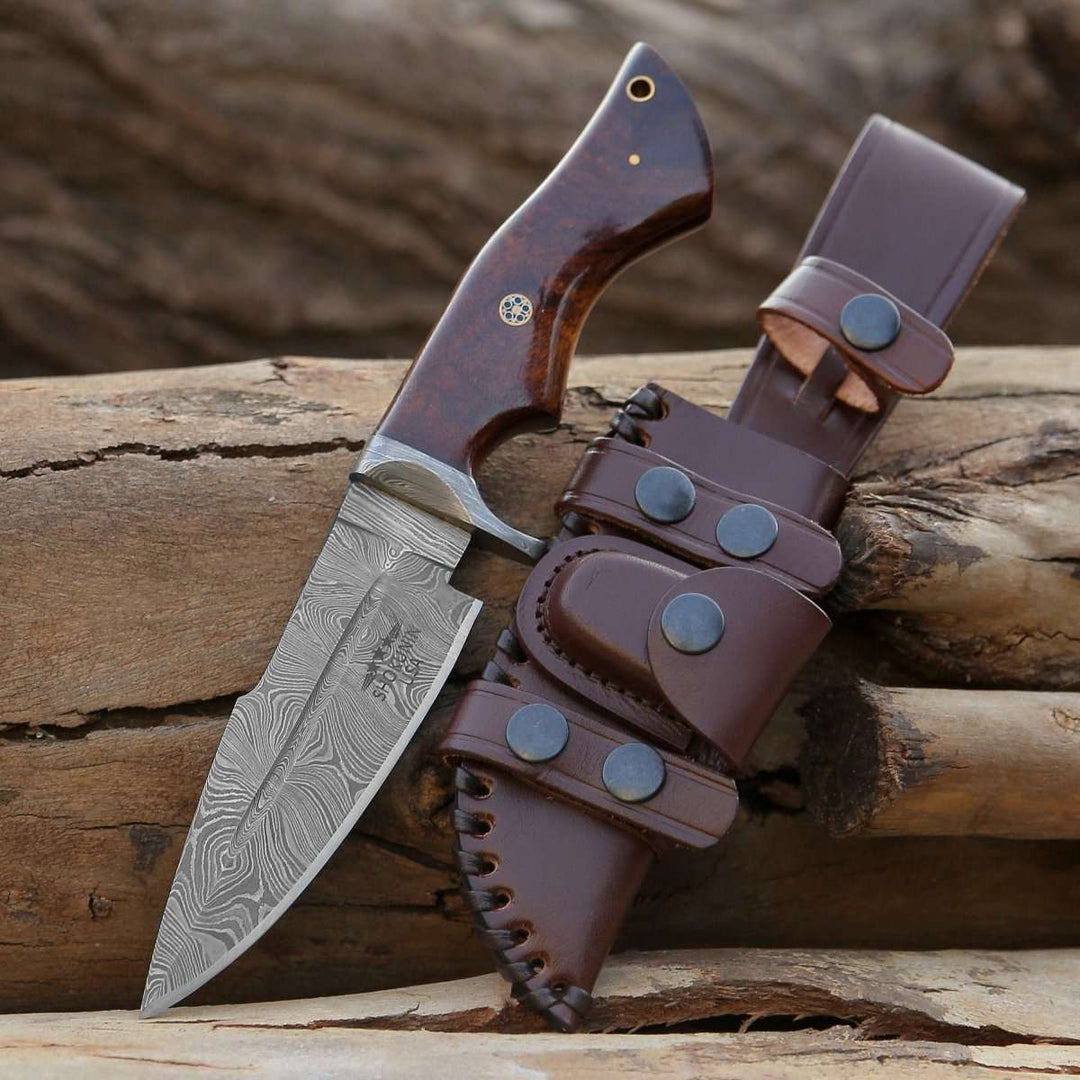
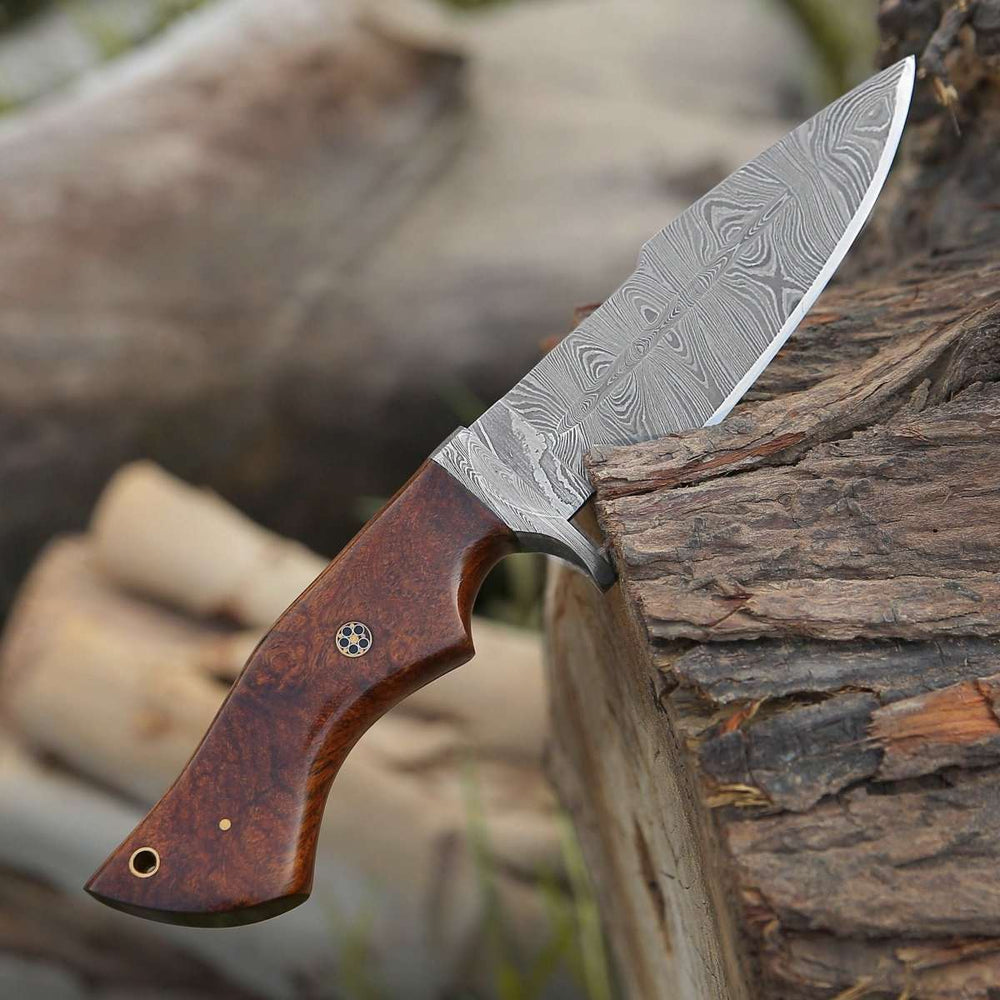
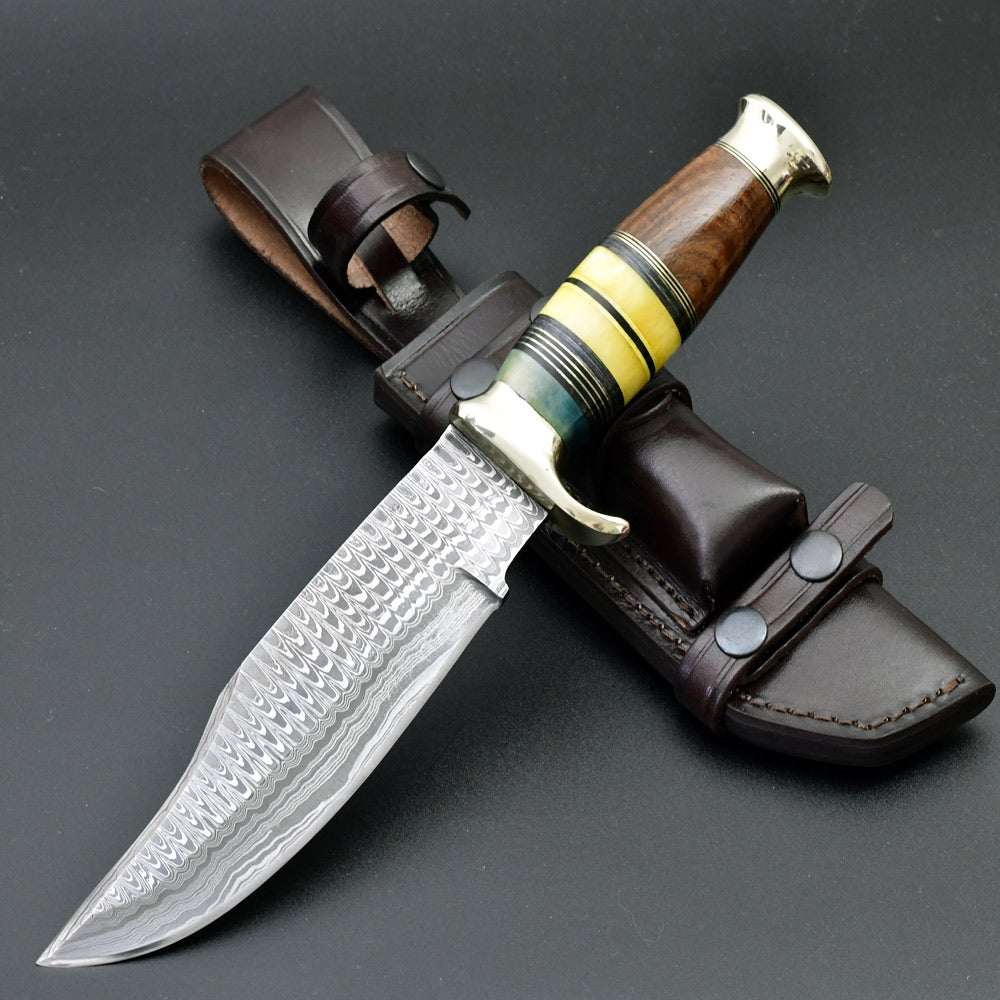
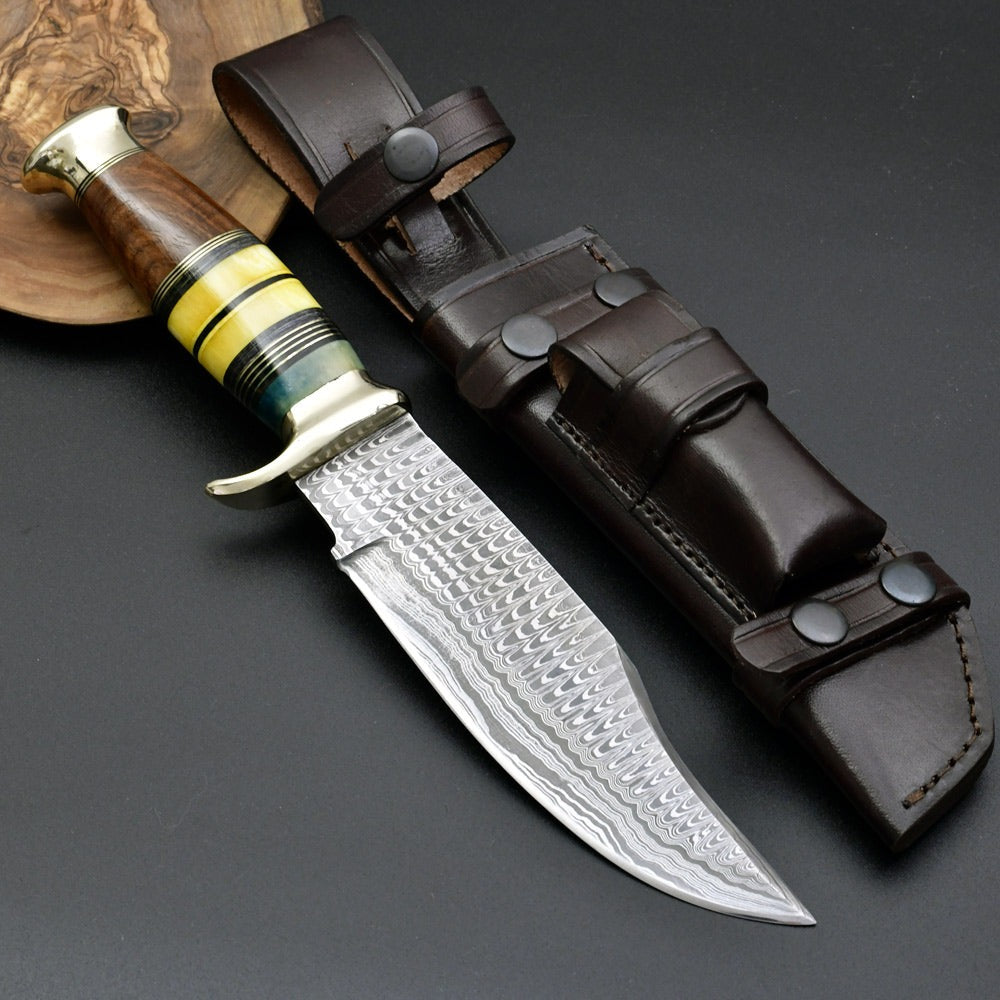
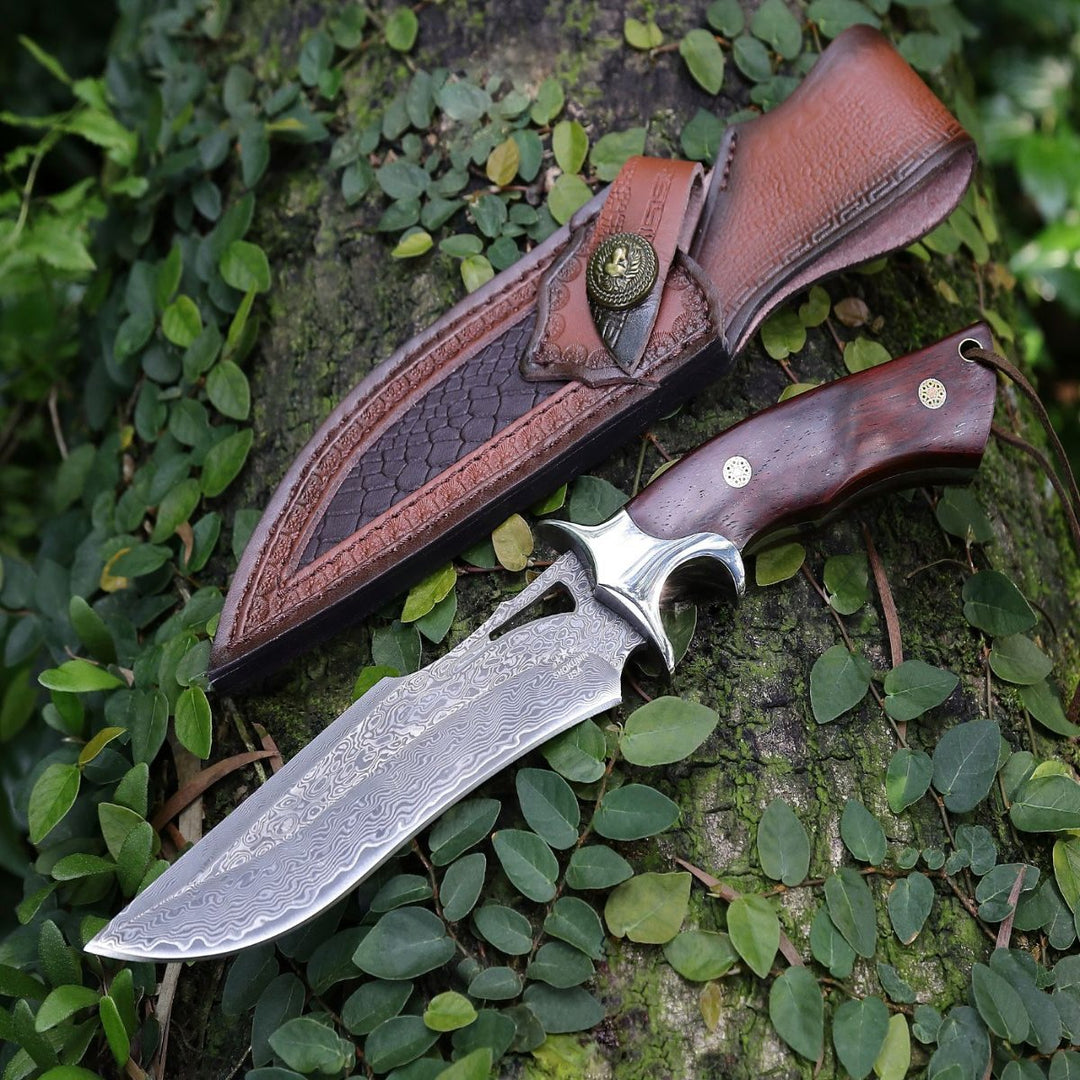
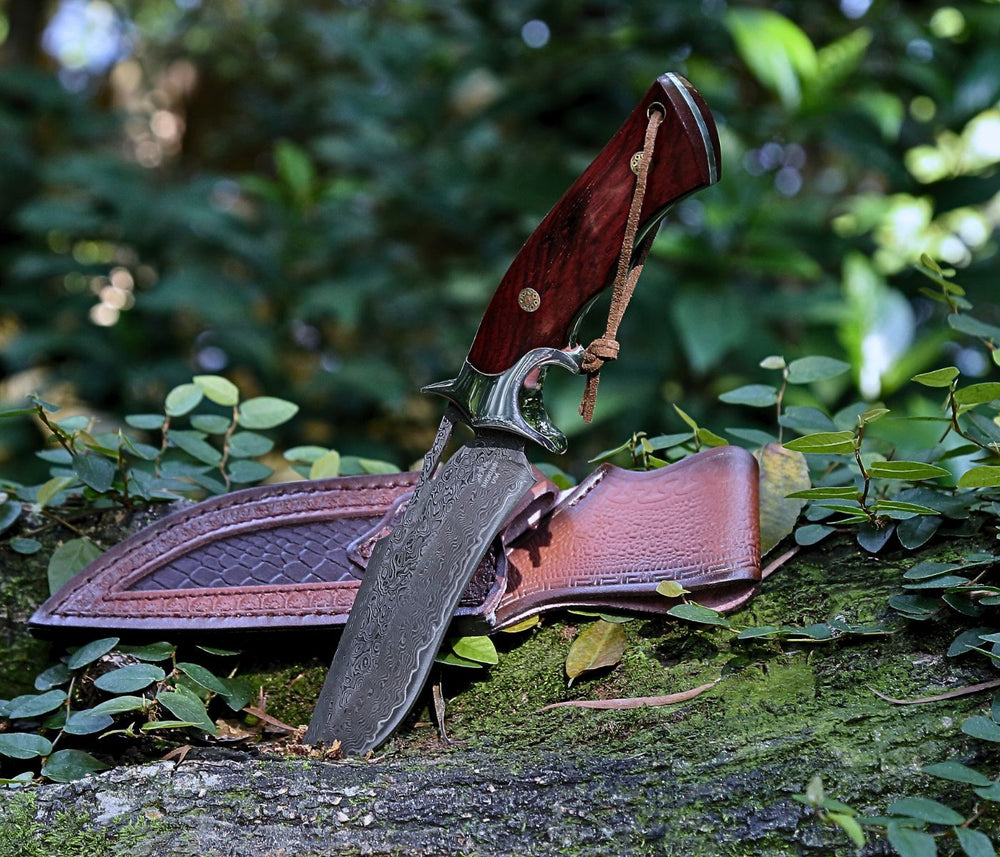
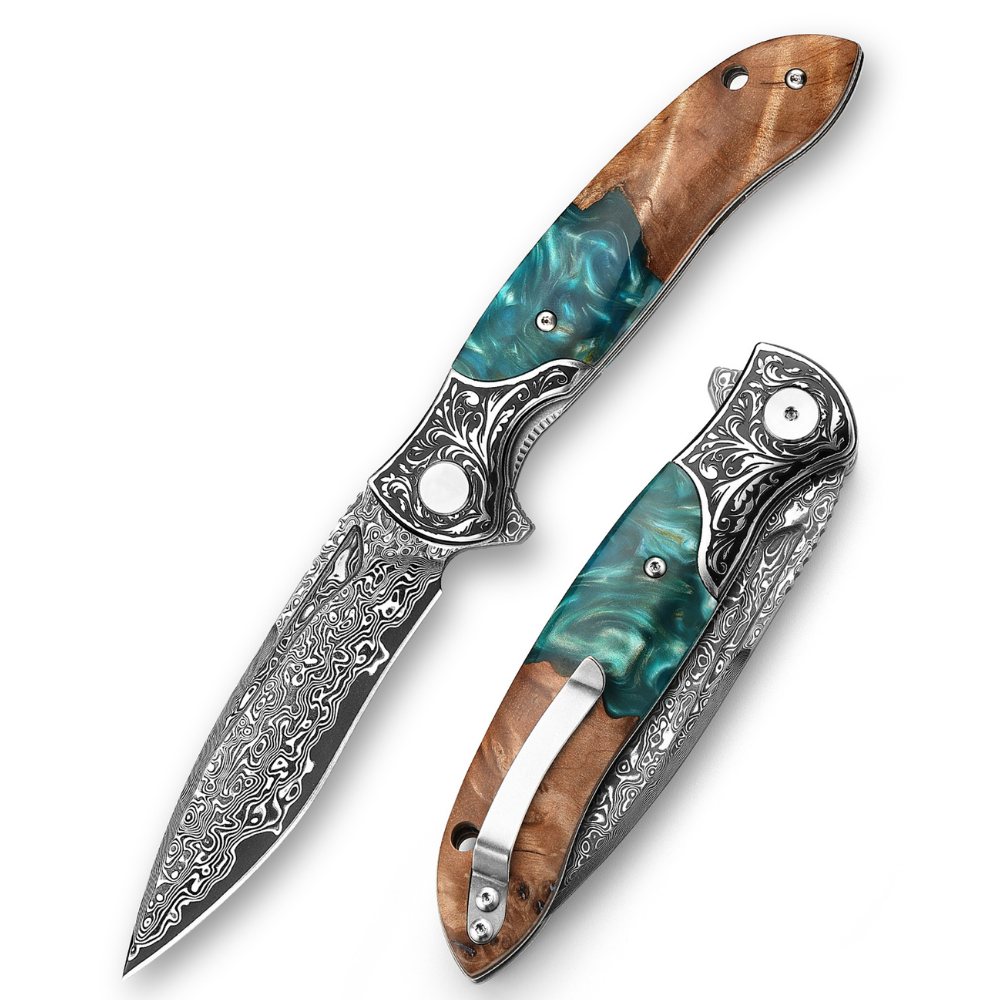
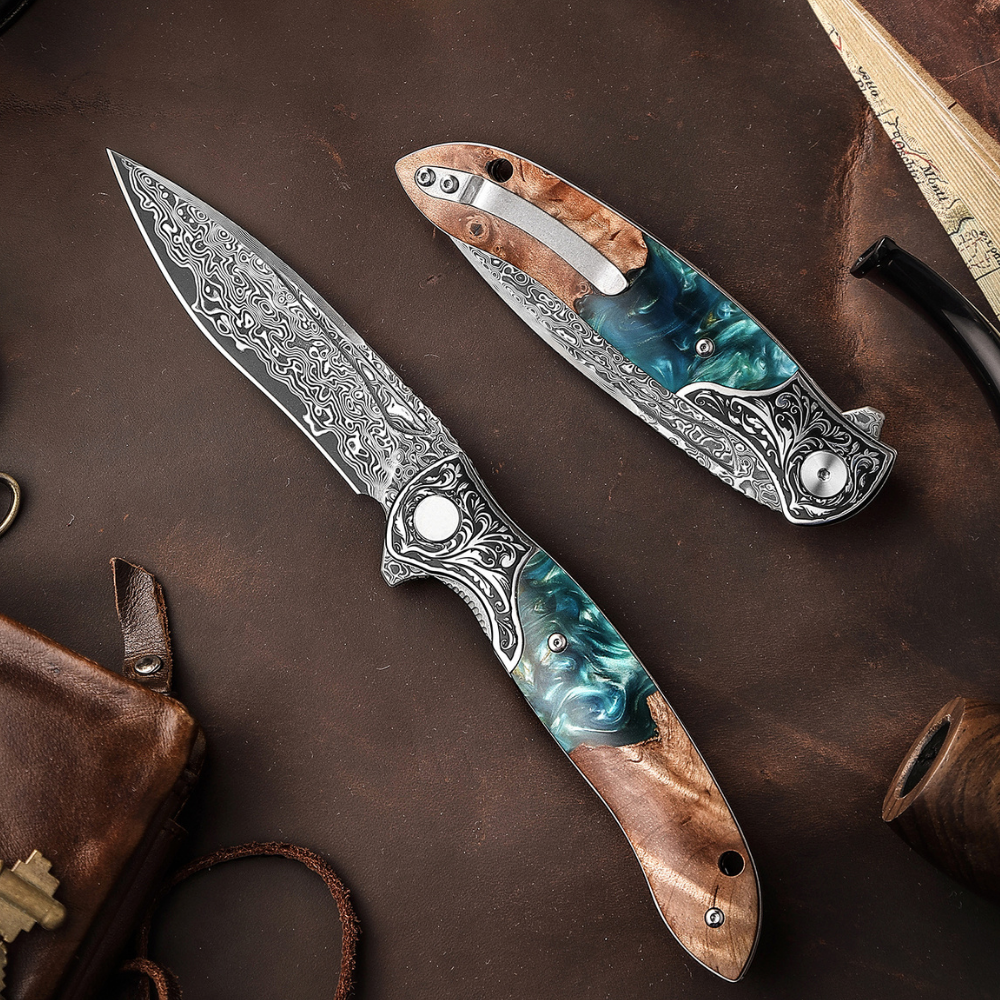
Leave a comment